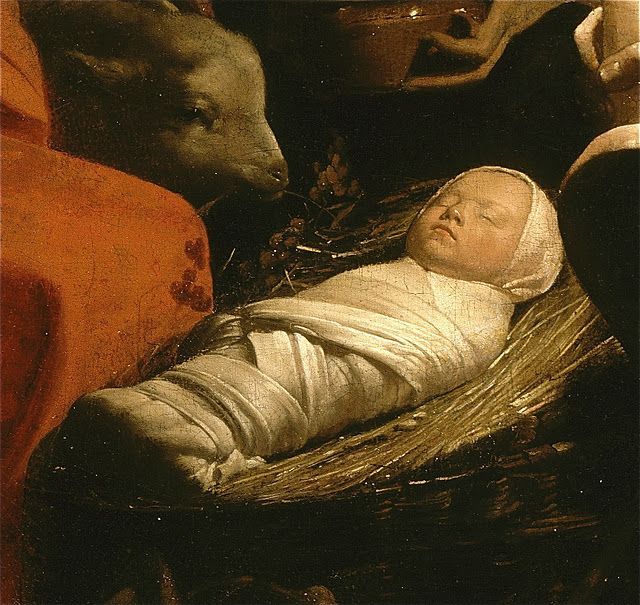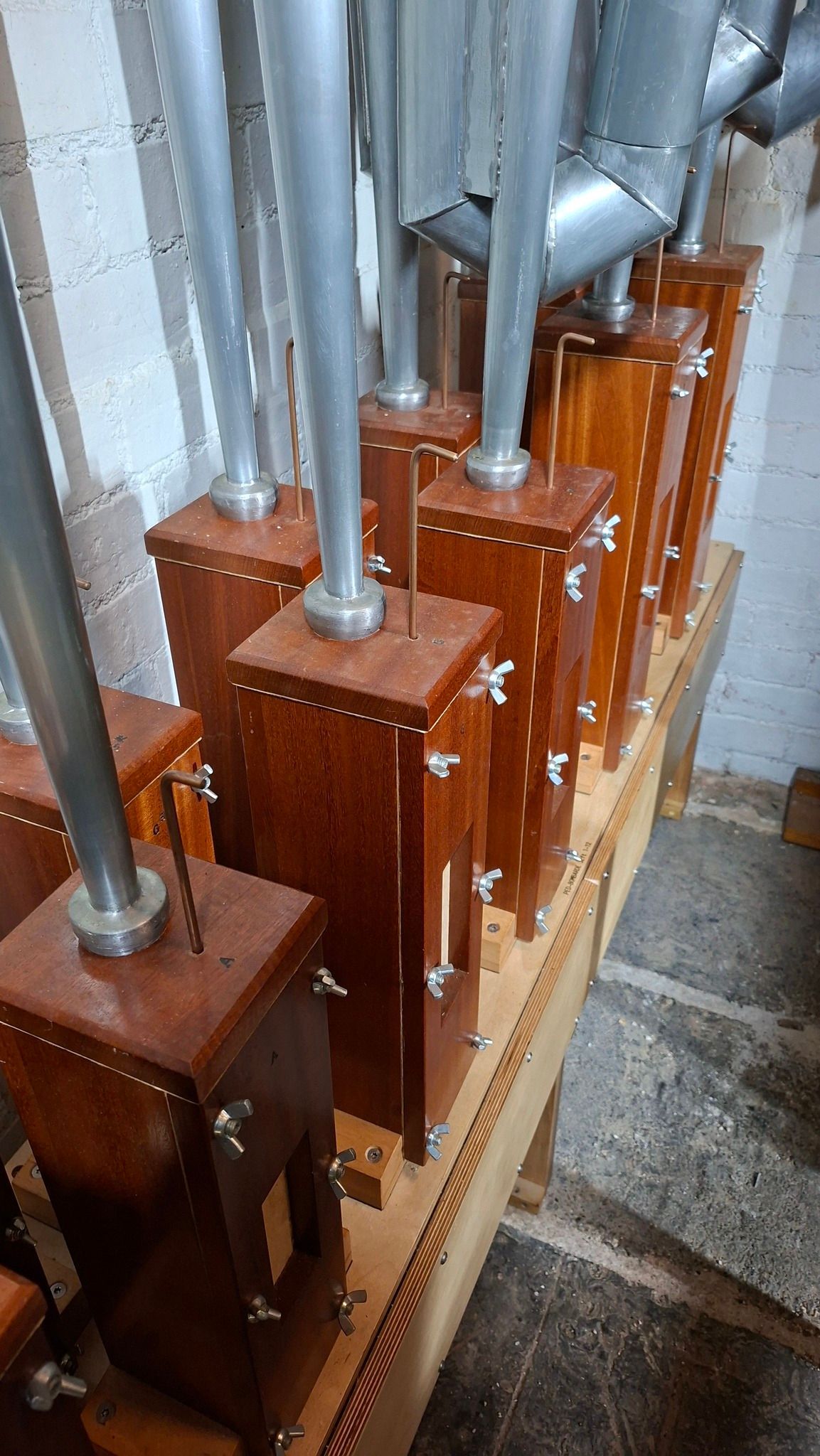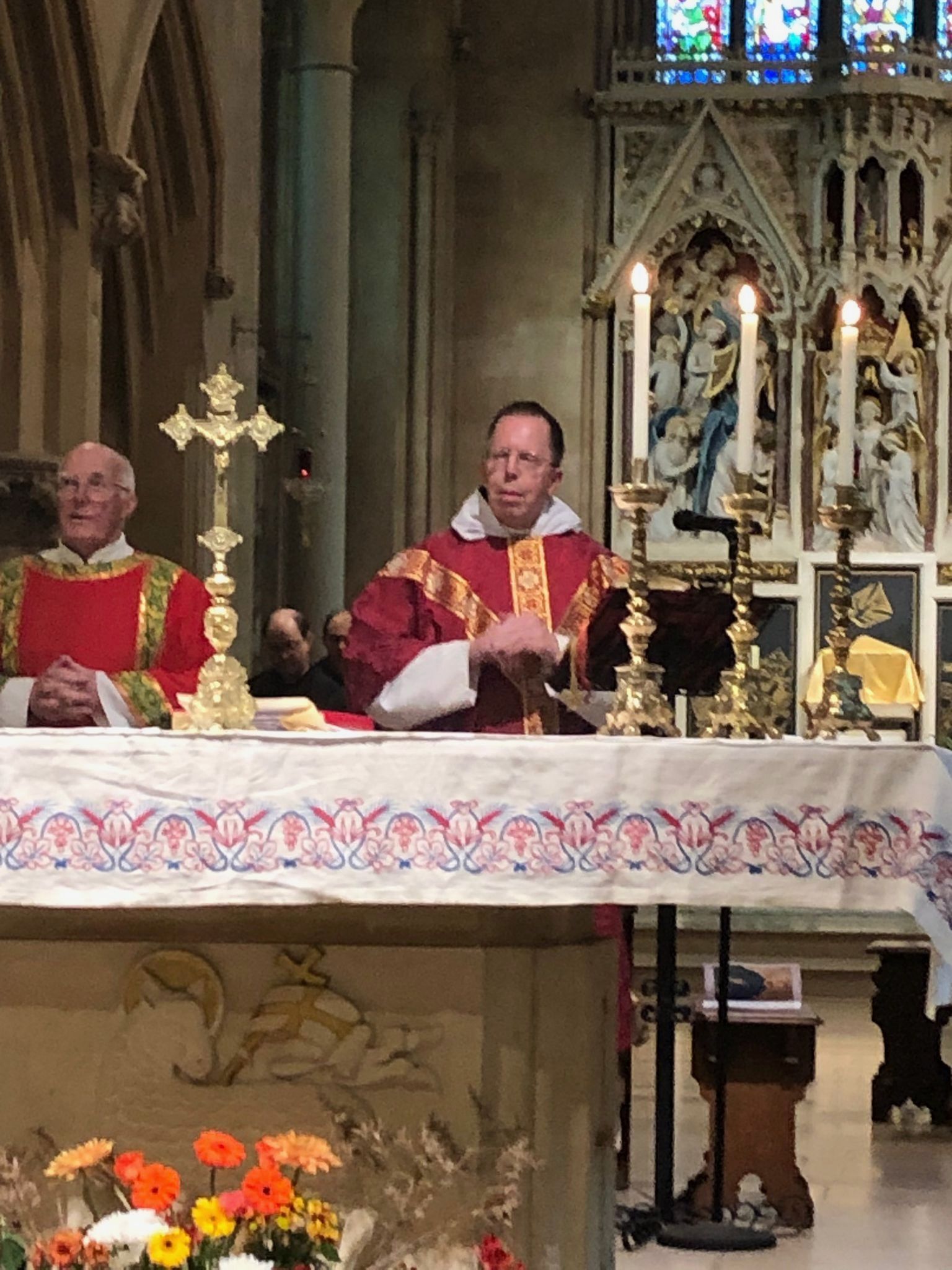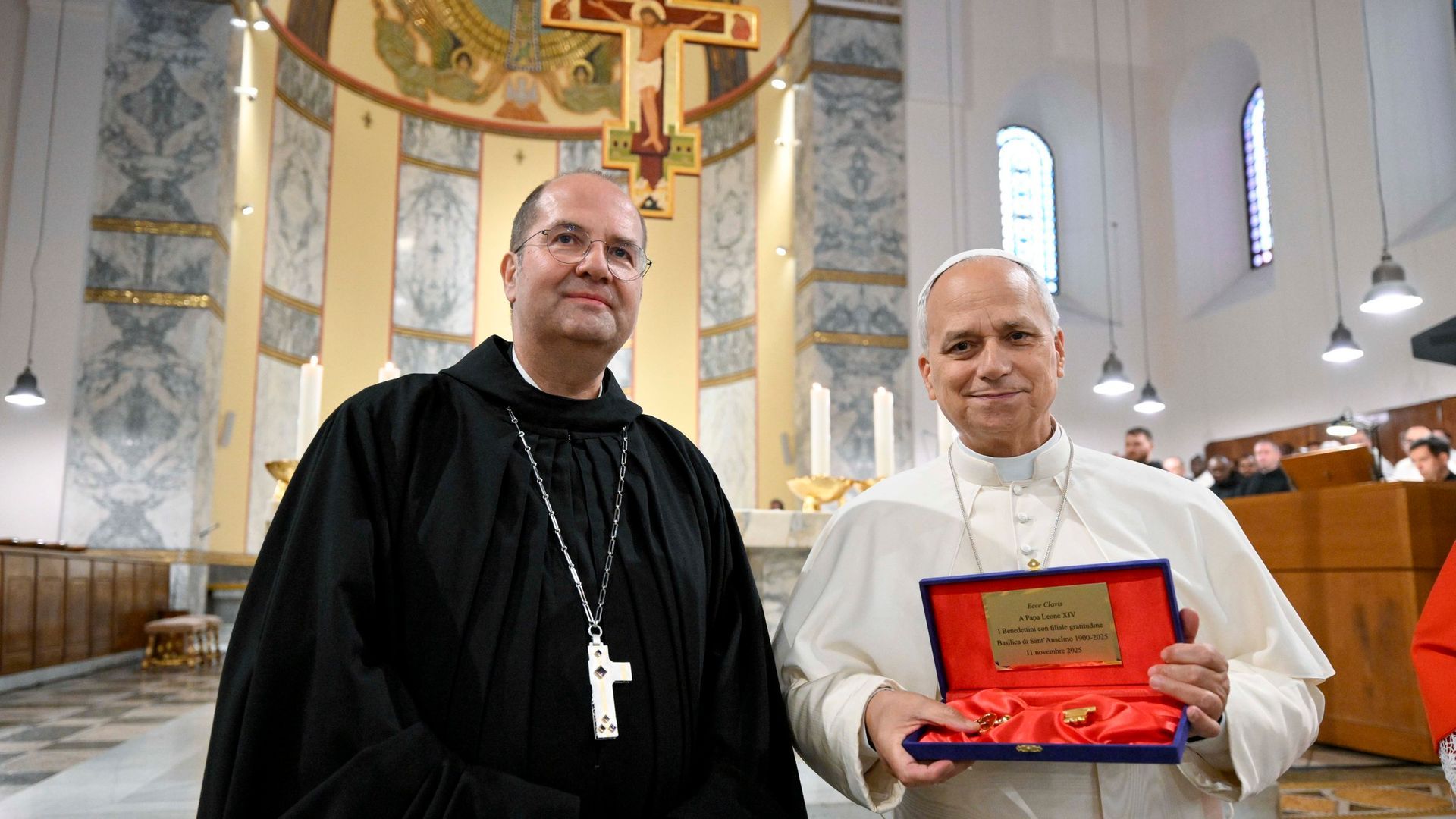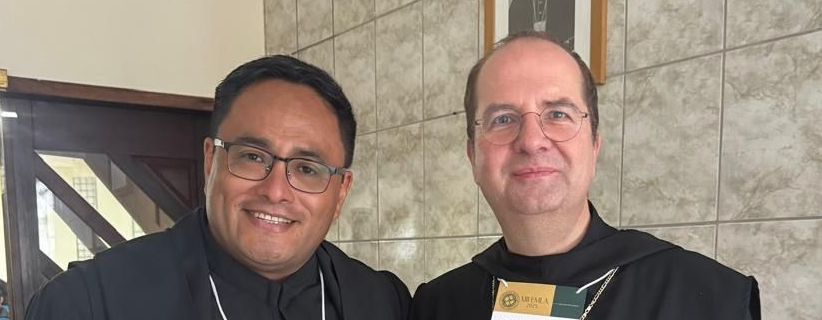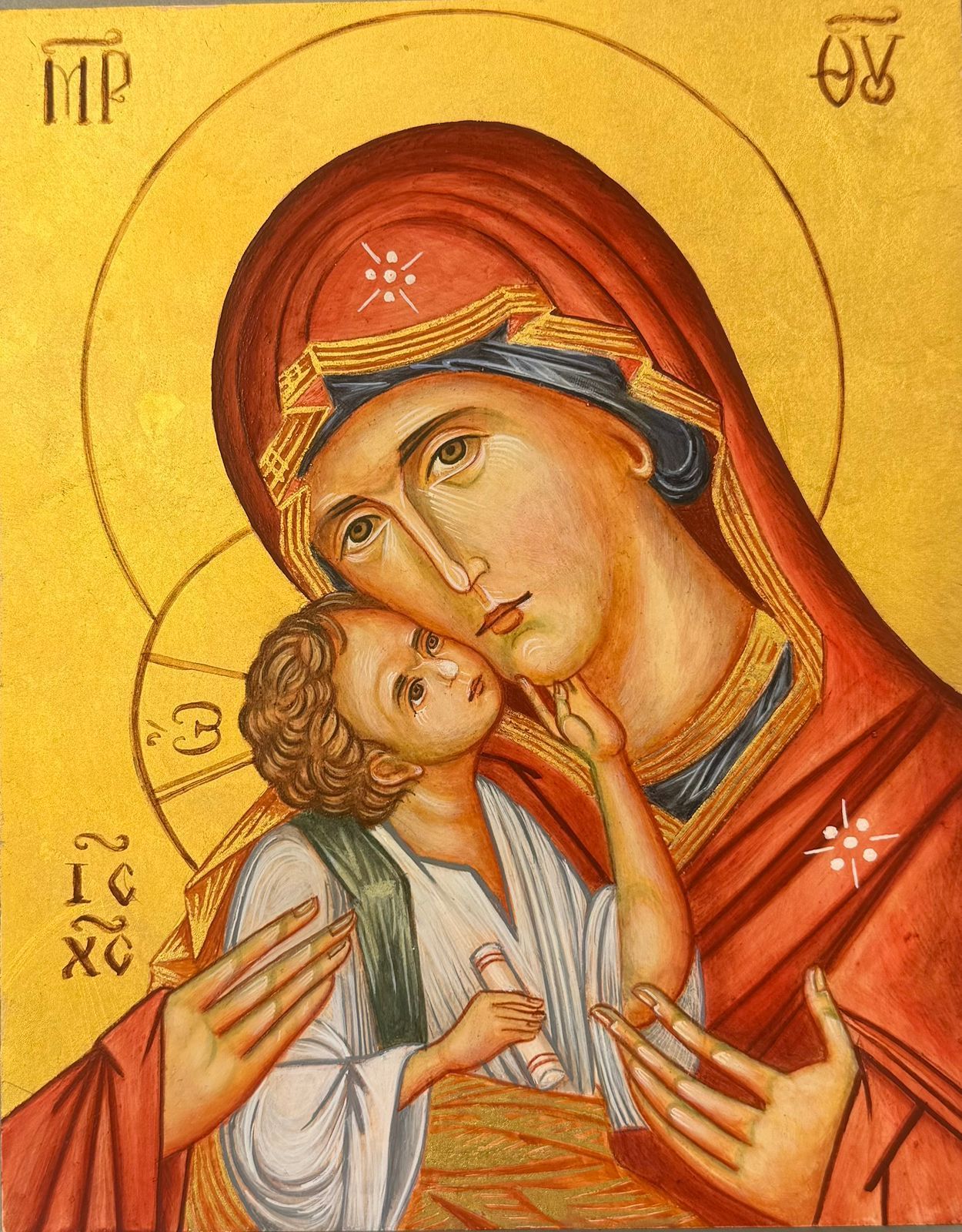Christmas Homily
“Fear not,” said he, “for mighty dread had seized their troubled minds.” That dread seems close to the surface still. We live in an anxious age. We carry the weight of unfinished wars, of broken politics, of anger that has become habitual, and of lies that have become common currency. We live with a deep unease about the future. We are better connected than ever, and yet many feel profoundly alone. The noise is constant; the certainty is thin. We risk losing sight of what it means to be human.
And still, Christmas comes. Not because the world is ready for it — because it never is. And yet, just for a moment, we are stilled. It comes like the gentle fall of snow, comes with grace upon grace, comes with carolling in the frosty air, at the birth of a child we call: “Wonderful Counsellor, Mighty God, Everlasting Father, Prince of Peace.” Like Mary, we treasure what we have – at Christmas we think of family and friends and all the good things and many blessings; like the shepherds, we ponder what is yet to be, the great graces that we have been given.
In the silence of this night, a child whispers to us. The words of the Herefordshire Carol come to mind, with their haunting melody:
This is the truth sent from above,
The truth of God, the God of love;
Therefore don’t turn me from your door,
But hearken all, both rich and poor.
Truth and love. That is how Christmas arrives: not forcing the door, not demanding attention, but as a little child asking to be heard. A child who does not argue, does not explain, does not compete. He simply is.
“This is the truth sent from above,
the truth of God, the God of love.”
“A child is born for us; a son is given to us.” It is astonishing that God should make himself a child so that we might love him and take him into our arms. It is as though we might be frightened by his glory, and so he comes to us as a helpless child, that we might accept him and love him.
There is something deeply consoling about this vulnerability of the Christ-child in a time when power is so often brutal and performative. Here is a God who persuades rather than coerces, who attracts rather than overwhelms. The Incarnation tells us that gentleness is not weakness, and that patience can still change the world.
Christ comes not to speed us up, but to slow us down enough to love.
Enough to notice.
Enough to listen.
Enough to remember who we are.
At Christmas, we are reminded that history is not finally driven by force, nor by cleverness, nor even by progress — but by fidelity: God’s fidelity to us, and our often faltering fidelity to one another.
The manger becomes, quietly, a judgment on all that dehumanises: on systems that grind the poor, on technologies that forget the soul, on rhetoric that feeds on fear. And at the same time, it is a promise — that the tricks and dark devices of this world are not the ultimate reality. There is a meaning behind the mess, and the meaning is love.
The stable of Bethlehem would not have been brightly lit. Perhaps a small lamp, a fire for warmth, casting its light on a child whose first cry breaks the silence of the night. A light shines in the darkness — above all by his presence with us in our darkness, our human frailty and need.
We live in an age obsessed with illumination. Screens glow day and night. Information is instant, relentless, overwhelming. In this age of AI, we can see and know almost everything — and yet we have never felt so disoriented.
The challenge of Christmas is to ask the deeper questions: questions of value, meaning, and purpose. Why was I born into this world? What am I here for, and how am I to live? Was I made for love — as this baby taught us, and showed us when his arms were pinned to a cross, when the raging forces of the world silenced his persistent voice?
What, then, is the truth sent from above? Is it this: that I am called to share in his divine life. I have been given not only truth, but grace, grace upon grace — the power to become a child of God. This is not hyperbole. This is the Gospel. To be empowered by the child we have come to worship.
And that is the challenge of the Gospel: to live differently, to change our minds and hearts, not to live in enmity or uncharity, but to embody his kindness, his courtesy, his love. People in our world shout that they possess the truth — but the truth is love. God is love. The child whispers that love to us this night.
The light from the manger is different from the illumination of our screens, to which we can so easily become addicted. It is a light that steadies, not dazzles. It is the light by which we can recognise the face of both a loved one and a stranger — and our own face too, made beautiful by the dawn of a child’s birth. It is a light in which we stand upright, discover our dignity and purpose, a light that shows us the path that leads us home.
I wish you joy and gladness this Christmas, for you and your loved ones. All of us, the community of St Michael’s and St Gregory’s wish you a very happy and holy Christmas.

